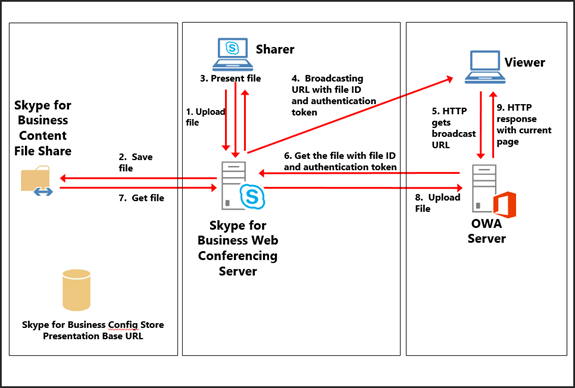

- #Present with lync web app software
- #Present with lync web app windows 8
- #Present with lync web app windows
So will details regarding the availability of Lync online (a hosted version of the server software) and Lync Web App (a Web-standard conformant client). The products will be generally available before year’s end.
#Present with lync web app software
It includes the Lync 2010 client software (formerly known as Communicator) and Lync Server 2010 (formerly known as Office Communications Server). Today, Microsoft announced the “release candidate” for a broad suite of unified communications software that will carry the Microsoft Lync brand.


#Present with lync web app windows
Visual Studio 2010 RTM for Microsoft Windows Forms or WPF development.The following requirements must be met before developing applications with Lync SDK. In Microsoft Visual Studio development system, set your custom application build platform target to Any CPU so that your application runs on either 32-bit or 64-bit operating systems. Note: Lync SDK is installed in the %root%\program files (x86) folder.
#Present with lync web app windows 8
Windows 7 Service Pack 1, Windows 8 Release Preview Lync 2013 API can also be used to generate a contact list within your custom application using data obtained from Lync 2013. You can also start and participate in a conversation within your custom application without displaying the Lync 2013 conversation window. Lync 2013 API is commonly used to start a new conversation within your custom application, after which you will participate in that conversation using the Lync 2013 conversation window. NET Framework language to incorporate Lync 2013 API features into your application. To add Lync 2013 features to an application, use a drag-and-drop operation to move XAML controls from Lync SDK into a WPF or Silverlight application. In either case, Lync 2013 must be a running process on the client computer that hosts a Lync 2013 API application. With Lync SDK, you can add Lync 2013 features to an existing business application, or create a custom client that includes Lync 2013 features. In addition to Lync 2013 API, Lync SDK includes a set of controls that can be used to add Lync features to a Microsoft Windows Presentation Foundation (WPF), or Microsoft Silverlight 4.0 application. Microsoft Lync 2013 SDK (Preview) includes Microsoft Lync 2013 API, a managed-code platform API that developers use to build applications that leverage the Microsoft Lync 2013 collaboration features.


 0 kommentar(er)
0 kommentar(er)
